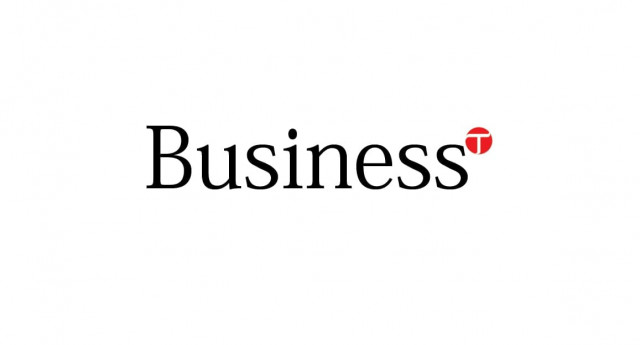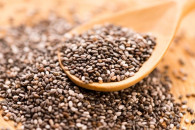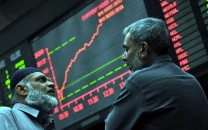KSE gives 7% return this year
This enables the bourse to secure a place among the top five regional markets according to an analyst.

This came despite a host of challenges on the political and economic fronts like political uncertainty, imposition of new taxes, high inflation, delay in introduction of a leverage product and massive economic losses caused by floods.
The Karachi bourse gave a return of 6.7 per cent (4.3 per cent in US dollars) for the first nine months (January-September) of the current calendar year, beating the MSCI World Index and bigger and emerging markets like China, Taiwan and Brazil. It also left behind Vietnam and Bahrain markets, Khurram Schehzad, Research Head at InvestCap, said in his research report.
When considered in the context of quarter-to-quarter performance, the KSE yielded a return of three per cent in the first quarter (July-September) of 2010-11 and kept a place among top 10 regional equities.
In September, the benchmark KSE-100 index only inched up two per cent month-on-month at a time when many of the regional peers performed well. However, it did not provide a true picture for the month, due to shortened trade timings because of Ramazan and Eid holidays, Schehzad said.
Close to historical average
Schehzad said the KSE-100 chased its decade-average quarterly return of 3.4 per cent in the July-September quarter despite the imposition of capital gains tax this time around. Market capitalisation stood at $32.1 billion at the end of September, slightly up by 0.5 per cent quarter-on-quarter but down by 1.6 per cent when compared to September last year.
Keeping the historical trend in mind, the fourth quarter of the financial year is expected to be better for the bourse as clarity about revised budgetary estimates emerges along with expected introduction of the leverage product.
Volumes improve month-on-month
The analyst said the most concerning factor to highlight since the start of FY11 has been gradual thinning of market volumes. However, interestingly, average volumes in September improved by 7.5 per cent to 61 million shares per day compared to the previous month despite market having been more on cash, mainly owing to the recent approval of the much-awaited leverage product by the Securities and Exchange Commission.
However, compared to the same month the previous year, volumes recorded a massive 74 per cent decline in September. Compared to the previous quarter, the volumes dropped 53 per cent in July-September 2010, while average traded value declined by a significant 76 per cent in the first quarter compared to the same period last year.
“This is believed to be partly due to the imposition and limited clarity as yet on taxation issues like capital gains tax and turnover tax. Moreover, delay in the leverage product’s approval alongside unfortunate series of floods, and the second jack-up in the discount rate this fiscal year also took away the remaining market breathing,” Schehzad said.
Foreign support muted
The analyst said continuous inflow of foreign funds merit praise, providing continuous support to the overall market index despite economic slowdown. During the nine months, net inflow stood at a much improved $377 million against last year’s outflow of $20 million. A major reason for foreign flows, which account for about 30 per cent of the market free-float, is the deepest discount on equities.
However, during the first quarter of FY11, foreign investment slowed down by 50 per cent year-on-year amid imposition of capital gains tax and uncertain economic consequences on listed sectors after the floods.
Published in The Express Tribune, October 5th, 2010.



















COMMENTS
Comments are moderated and generally will be posted if they are on-topic and not abusive.
For more information, please see our Comments FAQ